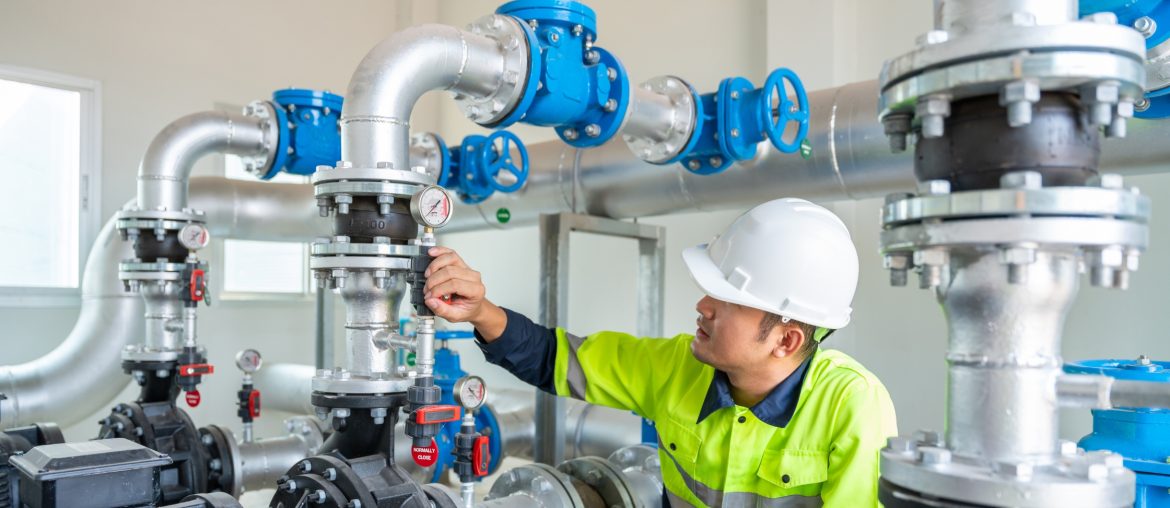As South Africa continues to grow and develop, and with rising operating costs, the need for reliable and efficient pumping stations are becoming increasingly important. With advancements in technology, the improvement and enhancement in designing the optimum pump station is looking brighter than ever.
One of the biggest technological advancements in recent years has been the increased use of 3D flow simulation. This is according to Mr Marco van Dijk, course leader in Pump Station Design at Enterprises University of Pretoria (Enterprises UP). “This powerful tool allows engineers to model and analyse complex flow patterns, helping to identify potential issues before construction even begins.” This not only leads to more efficient and effective pump station design, says Van Dijk, but also helps to reduce costs and minimise the potential for errors.
A closely related field where technology is having a significant impact is that of energy efficiency. “Advances in pumps, motors, and control systems are helping to reduce the energy consumption of pump stations, which in turn leads to lower operating costs and a smaller environmental footprint,” notes Van Dijk.
He says the Life Cycle Costing Assessment of a pumping station has become extremely important due to the almost exponential escalation in energy cost and subsequent impact on the operating cost over the life of the station.
Smart control systems are also becoming more prevalent in the industry. Van Dijk explains that these systems use sensors and real-time data to monitor and optimise pump station operation, helping to ensure reliable and efficient performance. “By providing operators with detailed performance metrics, these systems help to identify and address issues before they become major problems.”
In South Africa, the use of renewable energy sources such as solar and wind power is becoming more common in pump station design “This not only helps to reduce the dependence on fossil fuels but also to decrease the carbon footprint and increase the sustainability of the pump station,” says Van Dijk.
Considering these developments, it is clear that technology is playing an increasingly important role in the design and operation of clear-water pump stations. “From 3D flow simulation to energy-efficient pumps and smart control systems, these advancements are helping to make pump stations more efficient, reliable, and sustainable. As the need for improved pumping solutions continues to grow, it’s exciting to see the new opportunities that technology is providing in this field,” notes Van Dijk.
Enterprises UP’s course in Pump Station Design equips delegates with the theory, analyses and a practical approach to problems in terms of pump selection, energy efficiency, operational control, valve selection, life-cycle cost assessment, explained and demonstrated using case studies. The course is ideal for those working in planning, design and management of water supply, sewage and stormwater infrastructure.


